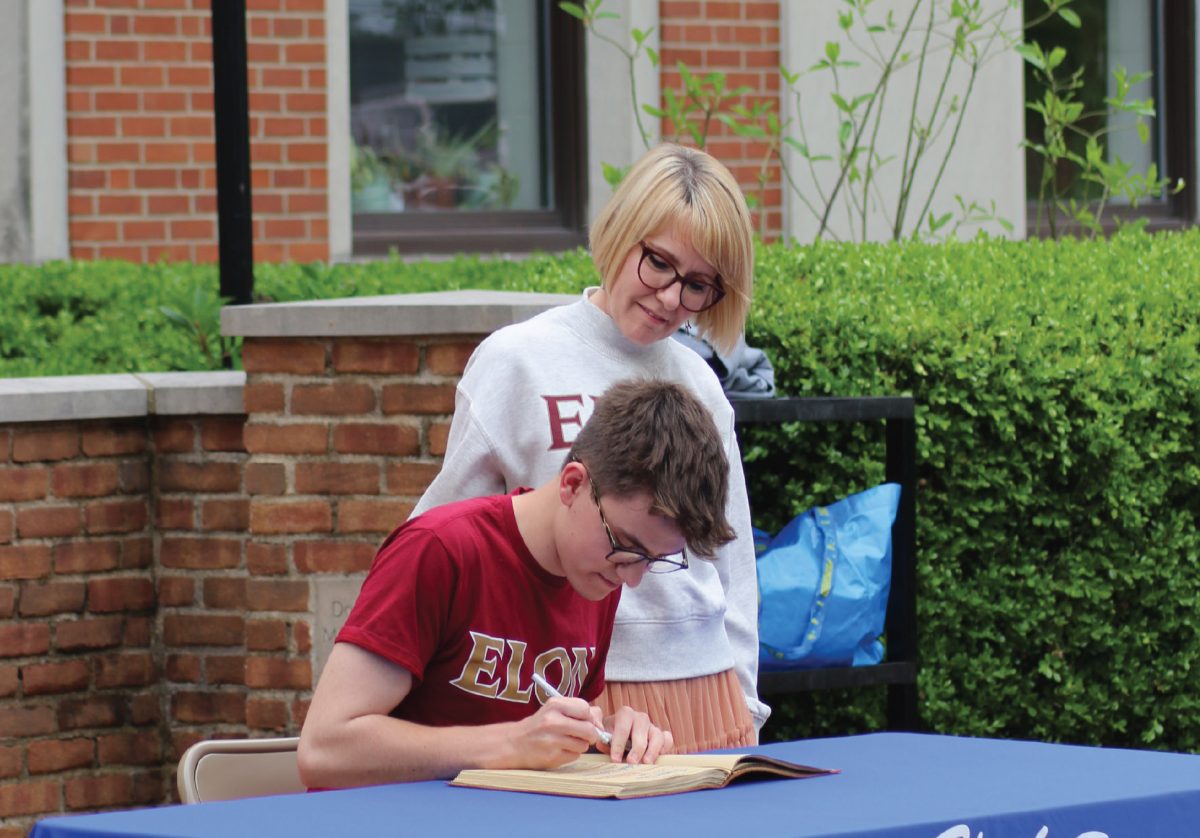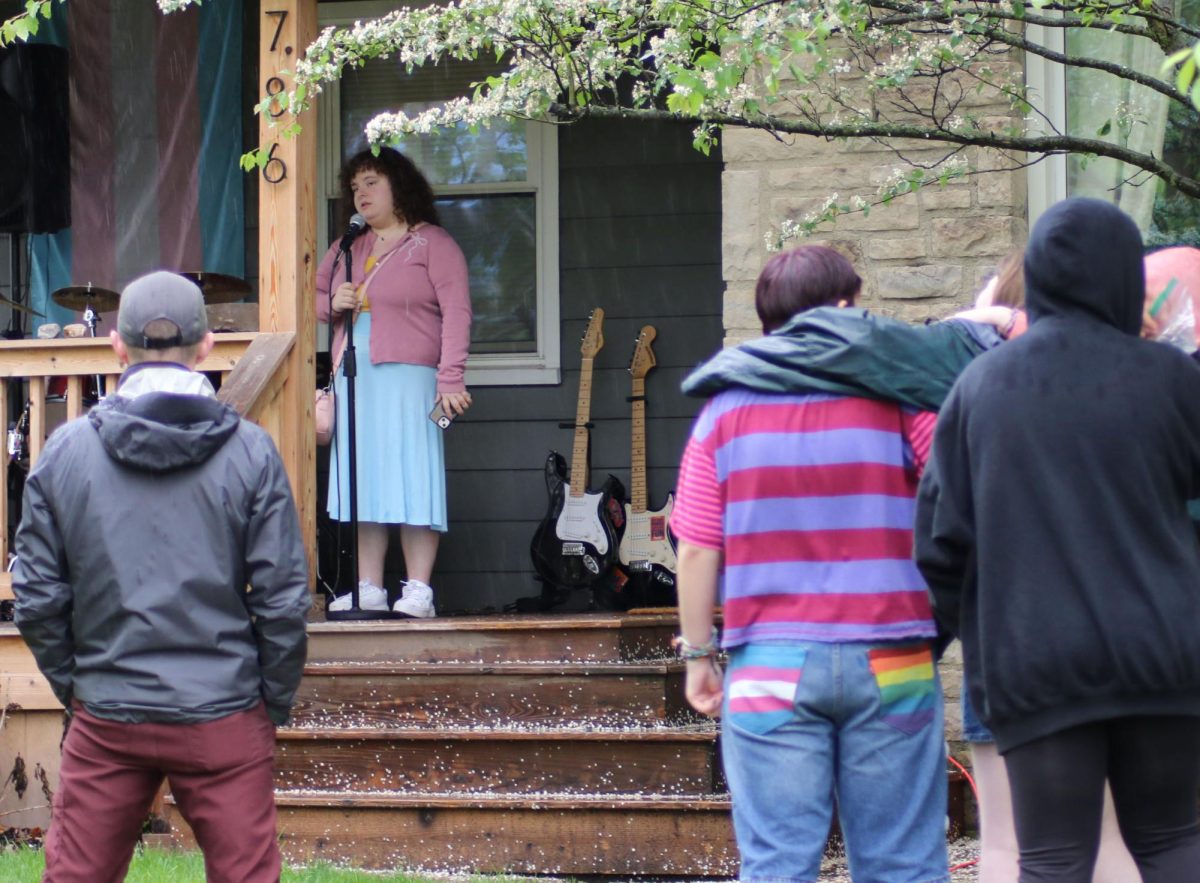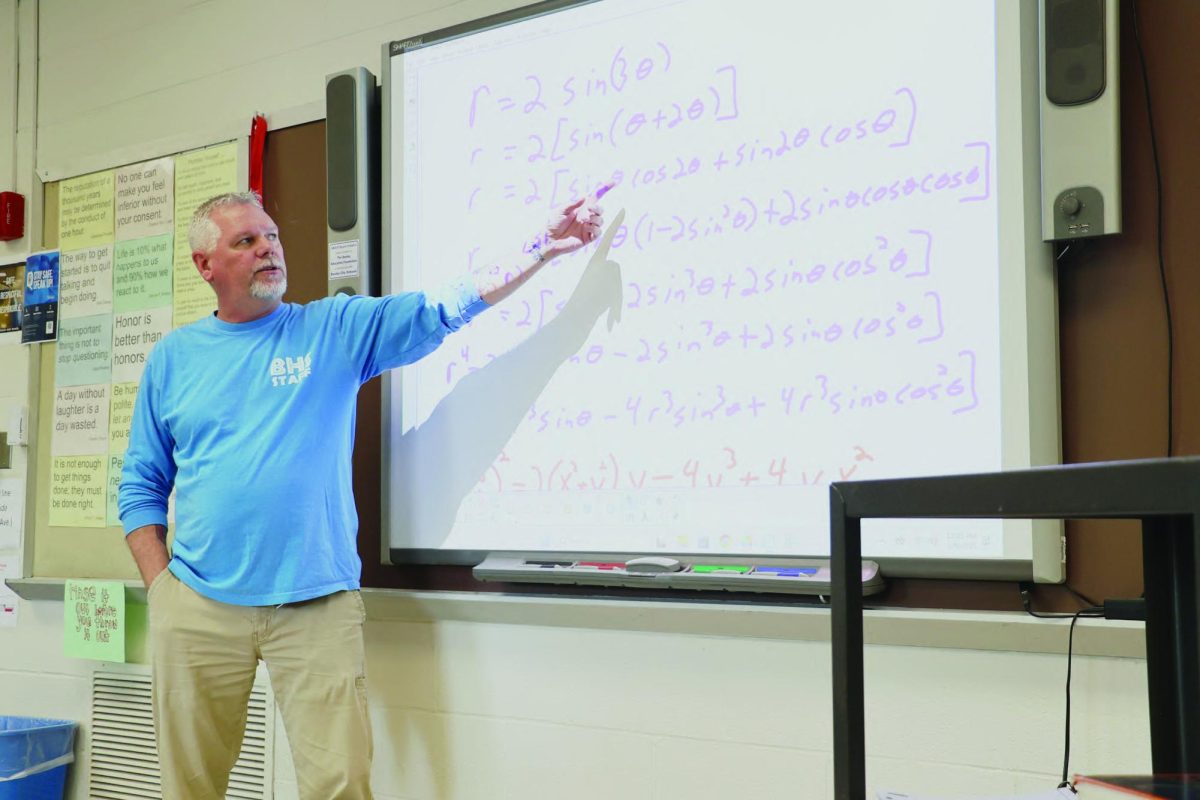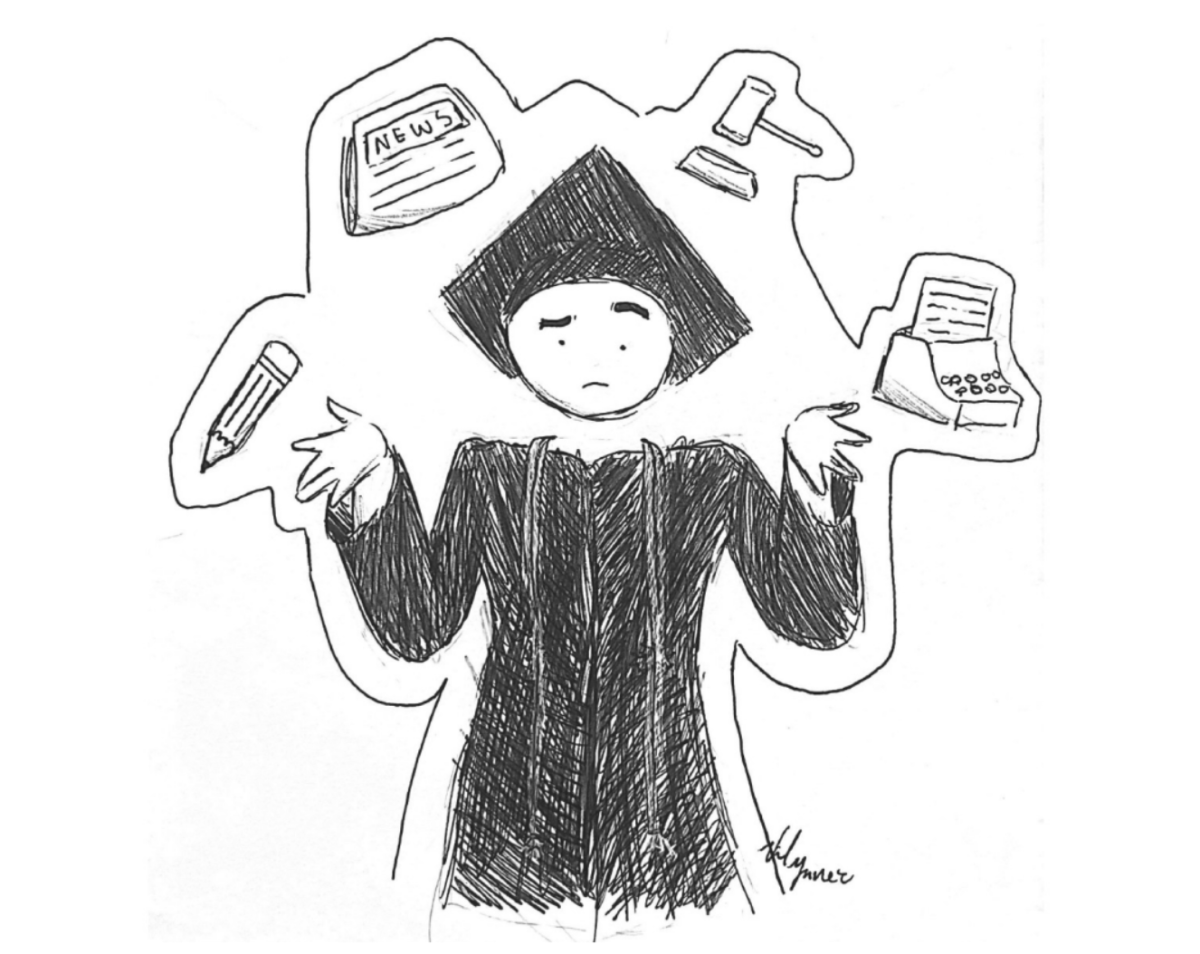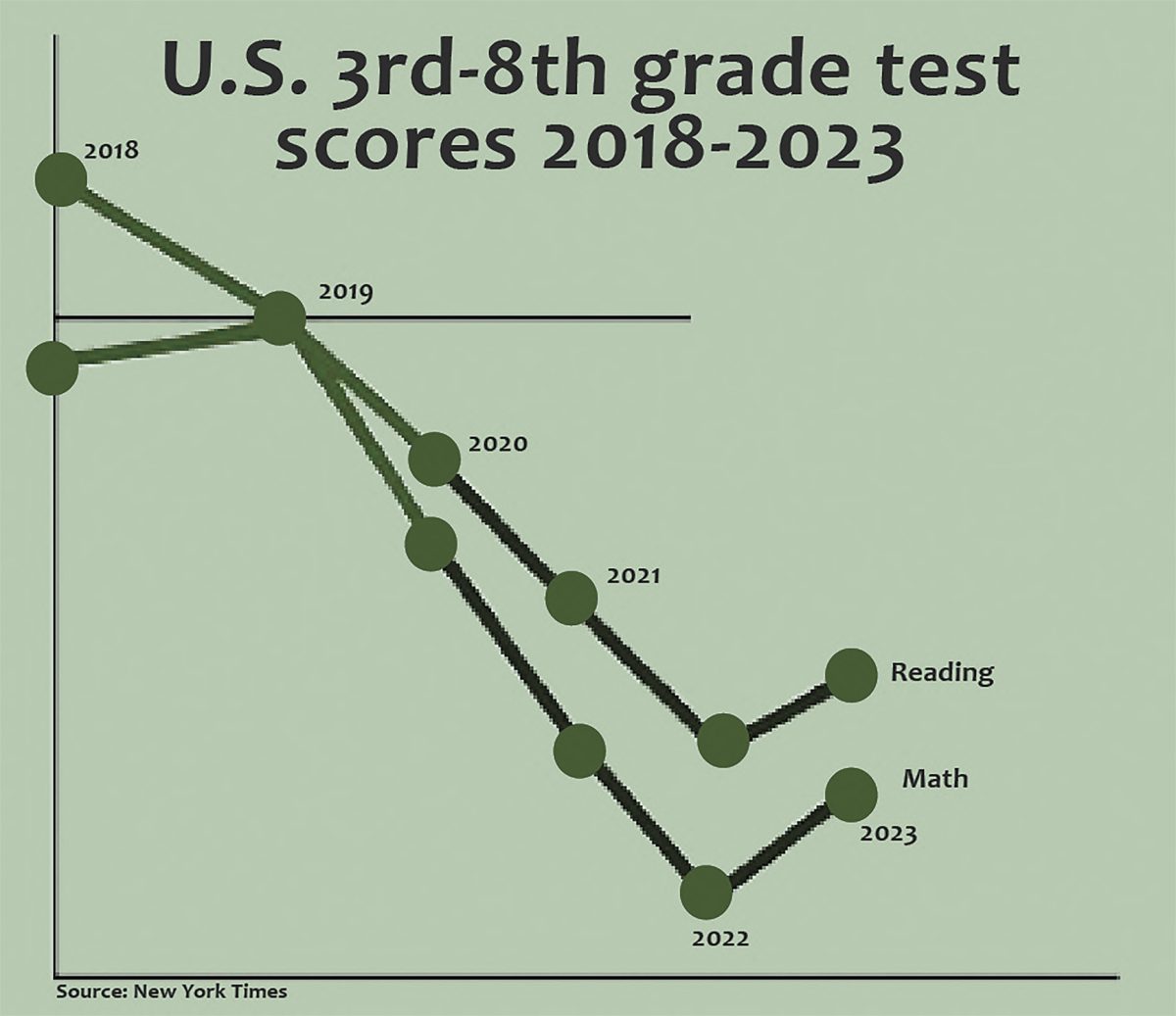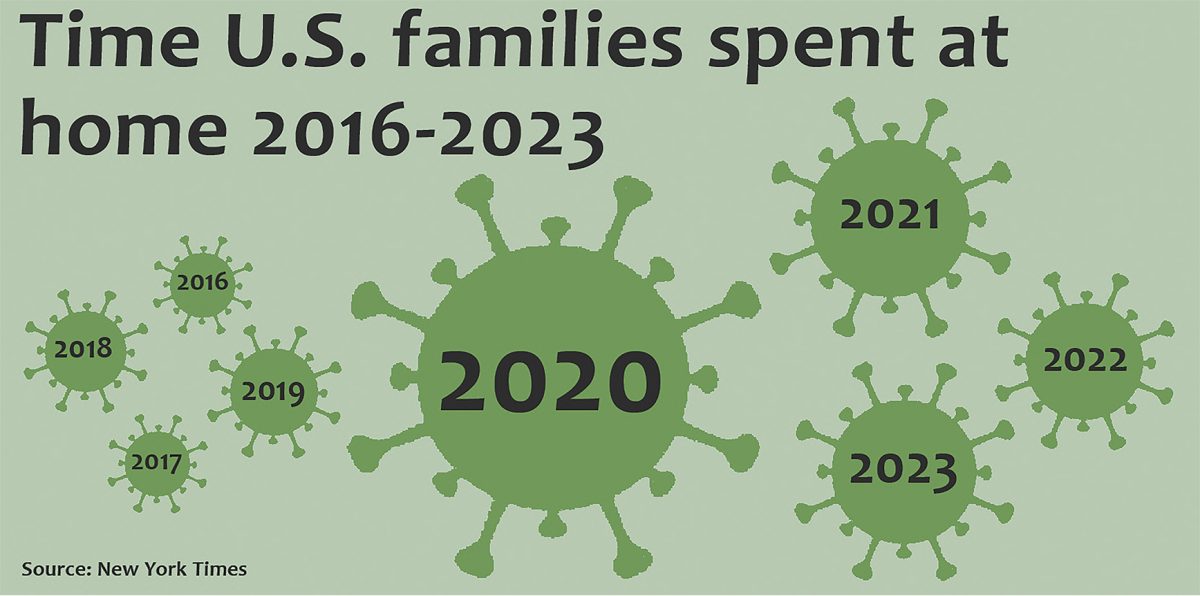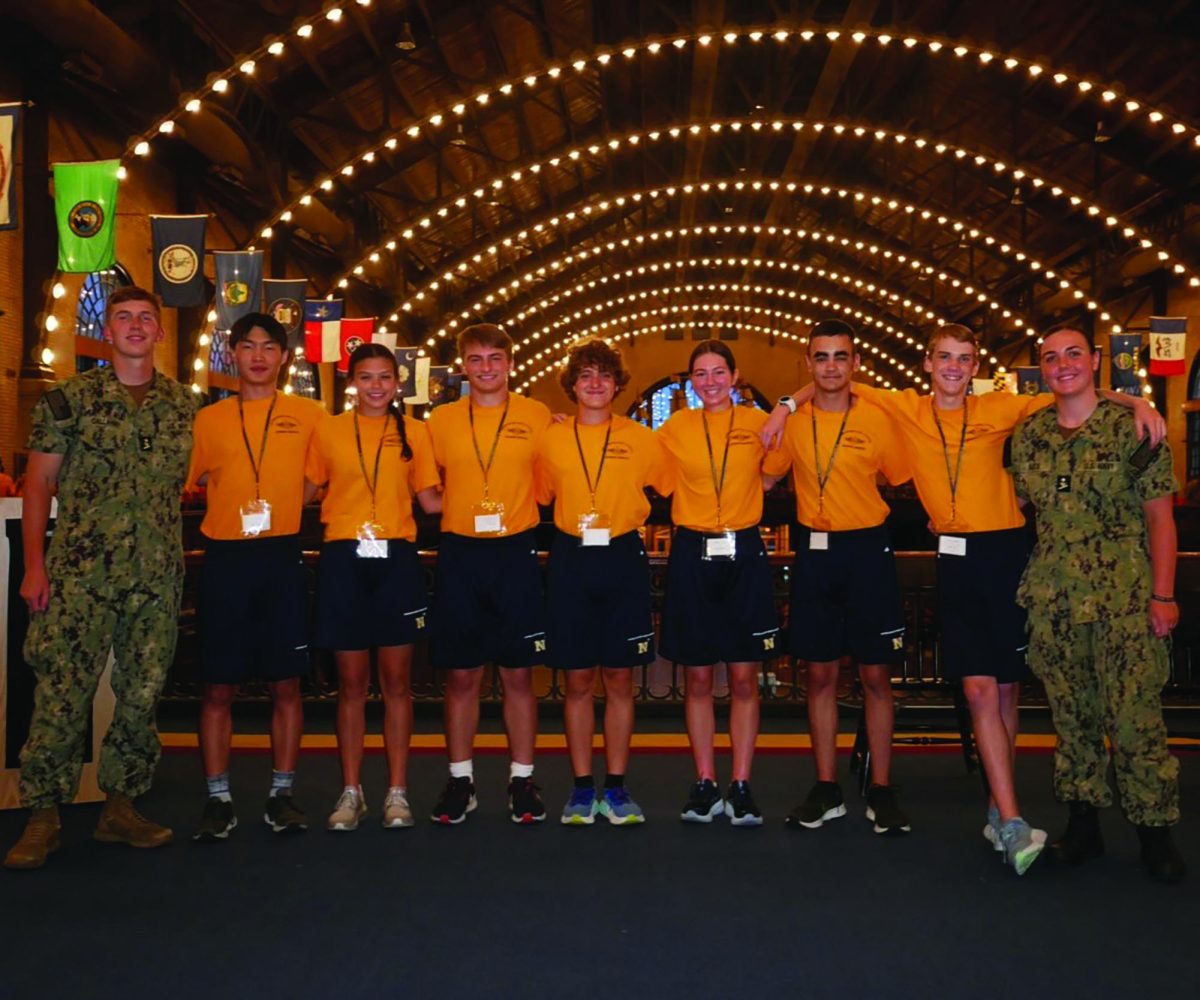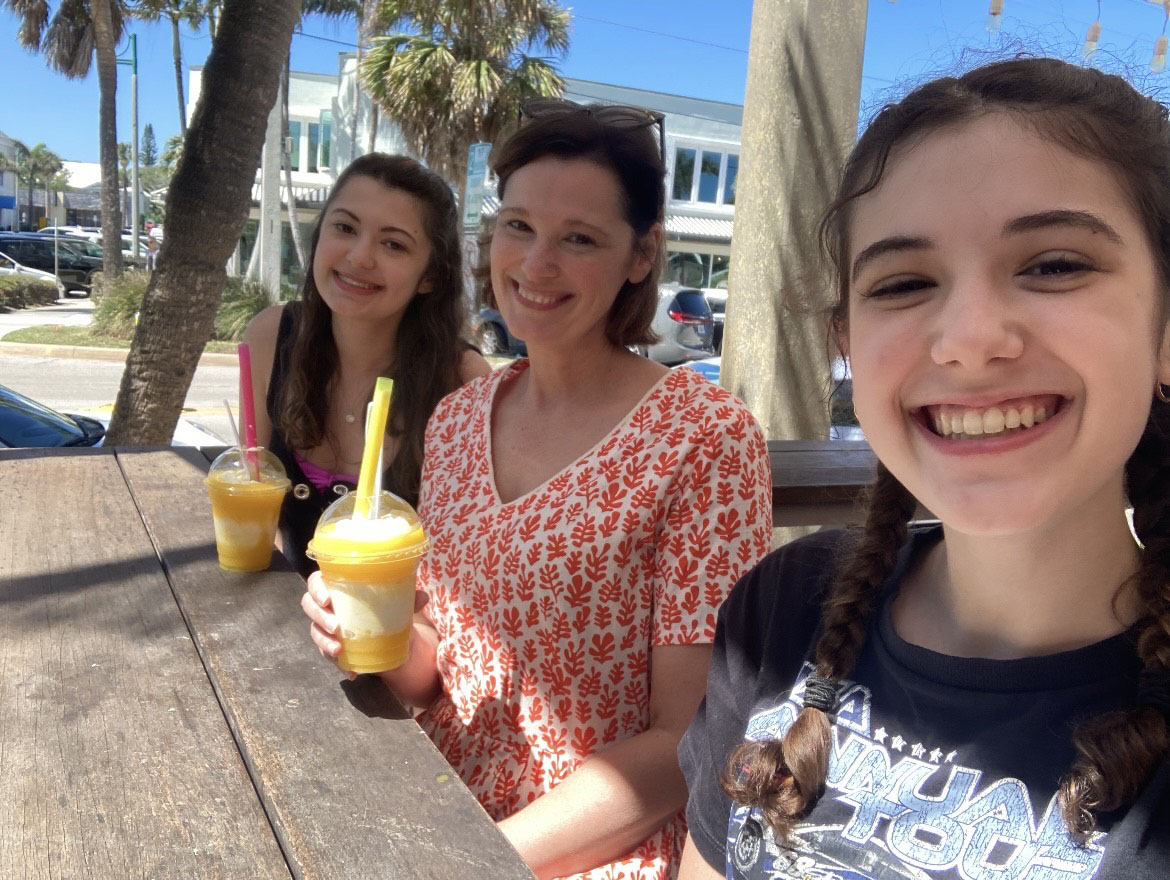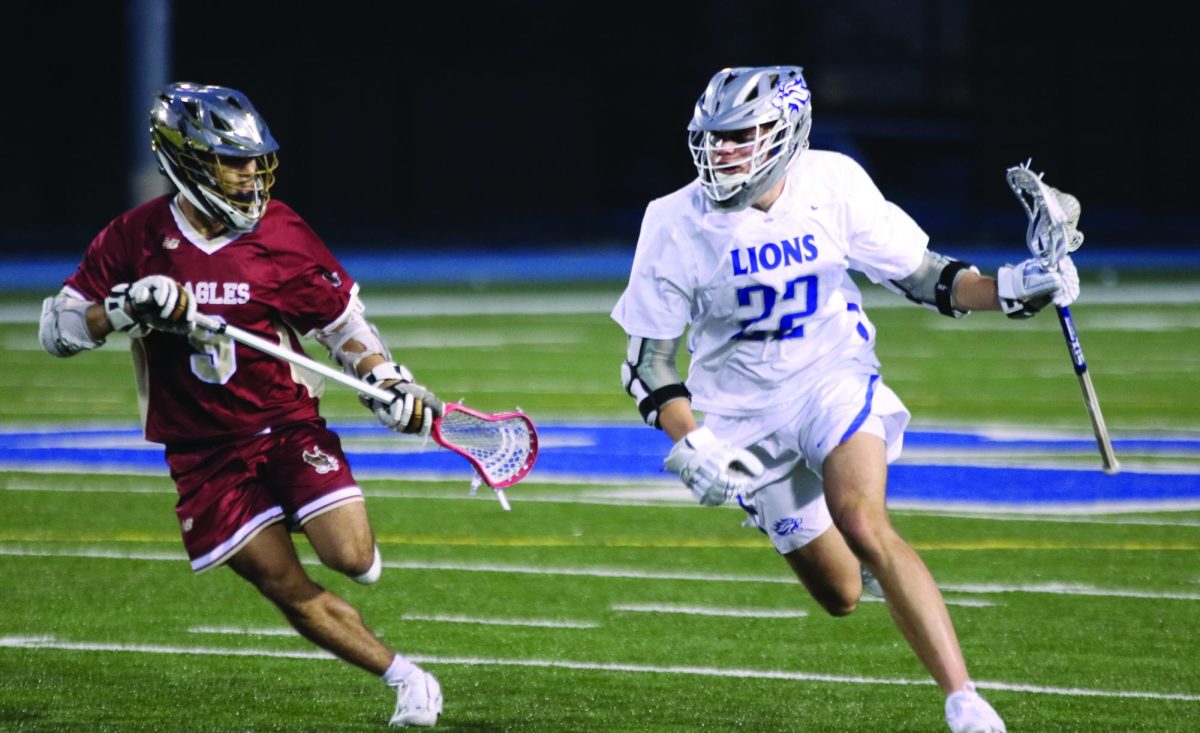Pro
Sara Benedict
Staff Reporter
Ever since the outbreak of COVID-19 and the shutdown of the country, students have been forced to learn from home. However, for the first time since March, students are being allowed back into the building to learn in person with added precautions.
With these precautions, hybrid learning can help students improve their social health and reduce the amount of time spent online while returning to a “sort-of” normal and keeping them safe.
Remote learning has been the new normal for the past few months, and it has taken a toll on students. According to the Business Insider website, being on the computer for hours on end puts undue stress on your eyes, possibly leading to near-sightedness, and disrupts sleep schedules. At night, human bodies produce melatonin to help us fall asleep, but when using screens, the body is exposed to light, which it misinterprets as sunlight, preventing the release of melatonin and thus making it harder to fall asleep.
Moreover, it gets lonely when you do not get to see any of your classmates outside of a computer screen. When all school classes are on Zoom, students miss out on the old favorites of the school day: greeting friends while passing them in the hallways, gossiping with classmates in between lessons and sitting with friends during lunch. With the new hybrid plan, students can rediscover these old habits and find comfort in them, something that everyone needs, especially now.
Besides the advantages of being around friends, experiencing in-person classes will improve students’ learning experience. According to Education Week, students in online classes tend to do worse than their peers in in-person classes due to lack of stimuli from their fellow students. Students who perform poorly in in-person classes also struggle worse while online. According to Education Week, when in online classes, it is easy to zone out or get distracted by other things. Students go to school to be educated, so they deserve the best education they can be given.
The biggest issue with the hybrid plan is the elephant in the classroom: the coronavirus. What if the virus starts to spread in the school? Increased measures for safety, such as protective shields, one-way hallways and regular sanitation, provide a safe way to bring people back to school. As the school continues to use the hybrid format, the system will continue to improve. If there is an issue with a resurgence of cases, then it would not be difficult to go back to fully online and allow the cases to peter out again.
The hybrid plan will require some time to get used to, but it’s better than being at home. Until the world returns to its pre-pandemic normal–or something closer to it–students and teachers will have to make do with what they can get right now. If students and teachers continue to wear masks and social distance, there is no reason that hybrid can not be done safely and effectively.
Con
Gillian Frost
Staff Reporter
The coronavirus has caused an average of 40,000 new cases a day and has led to over 200,000 deaths nationally, according to the New York Times, and the district has sent us back to in-person learning. The high school’s hybrid plan is not effective due to the uncontrollable variables involved, such as ongoing sports events and socialization outside of school. With the current pandemic circumstances, the hybrid plan is not beneficial to student learning.
According to the American Academy of Pediatrics, there have been a total of 549,432 cases in children across the country. The Centers for Disease Control have also recorded three deaths in pediatric cases, and while these numbers are low compared to adults, the risk is still there. The Ohio Department of Health states that as of Thursday, Sept. 24, the state has already reported 739 cases of COVID-19 in schools, 466 cases of which have been students and 273 have been school staff.
Although the school has a plan for in-person learning, its plans for sporting events are sadly lacking. Most fall sports have practice every day of the week after school, so students who attended school that day will be exposing teammates who didn’t go to school. The district has also allowed games and sporting competitions to continue, and as a result, athletes are exposed to more people from a variety of locations.
The biggest uncontrollable variable is outside socialization. Throughout the summer, some Bexley students have had social gatherings that break pandemic guidelines. School staff who have been careful due to family concerns or personal health concerns will be more exposed during hybrid and may face the consequences of these poor decisions.
These aforementioned risks are not worth the in-person learning. Many teachers are still teaching in hybrid as they did from home, relying on whole Zoom calls. Consequently, their students will continue to learn from Zoom calls, which is no different than how they’d be learning at home. Teachers have adapted to a more technology-oriented style of teaching during quarantine and are more than able to continue teaching as such.
Some have argued that for those with unreliable technology, which can cause them to be unable to make Zoom meetings, online learning is far worse. However, the school has addressed most of these issues by arranging for easily accessible technology help via email and providing laptops for those who don’t have access to one.
The school managed to create a successful online environment with the added benefit of designing a schedule that is flexible for students and teachers alike. The hybrid learning environment, in comparison, involves health risks and while offering very few learning benefits for students.
